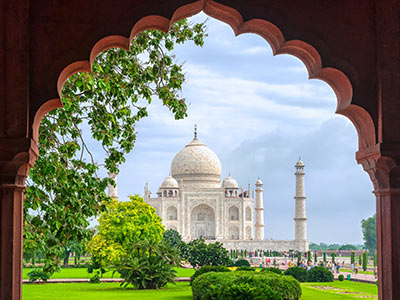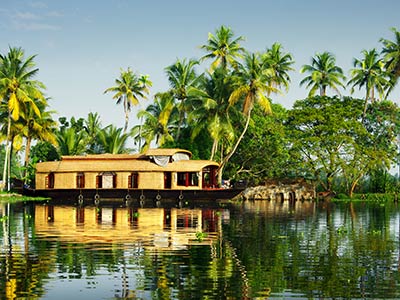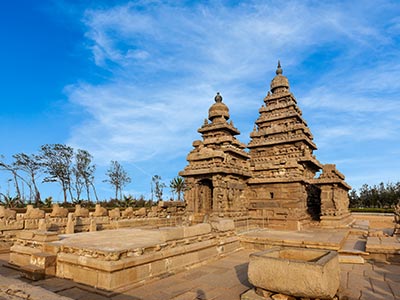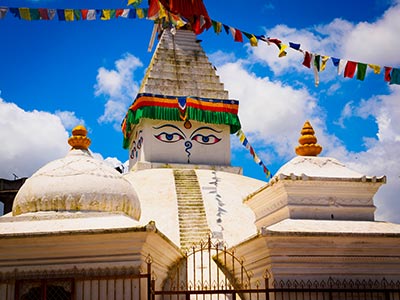

A paradise for wildlife enthusiasts, Ranthambore National Park is a beautiful treasure trove embracing abundance of nature in its bosoms. This wildlife hub stands out due to its varied fauna and flora collection that brings travellers from near and far. Ranthambore national park was declared a wildlife sanctuary in the year 1957 and in 1974 it was given the protection of "Project Tiger". However, it was in 1981 when it was declared as a National Park. Since then, the park has been fascinating thousands of wildlife lovers who visit here to explore the wild beasts by hopping on jeep safaris.
This National Park has been dotted with numerous structures that narrate stories of the past world. Where some structures still stand as it is, some got demolished with time. Ranthambore Fort is the most prominent one out of all historical edifices here. This spectacular fort is the wonder of the Chauhan dynasty. The construction of this fort was initiated under the rule of King Sapaldaksha in 944 AD, however, its main construction started during the time period of Rao Hammir Deo Chauhan. Recognized as a UNESCO World Heritage Site, the fort raises up to a height of 700ft which makes it look imposing.
Hindu pilgrims visiting Ranthambore National Park never miss a chance to visit the Trinetra Ganesh Temple. Dedicated to the entire family of Lord Ganesha, this temple was built by King Hammer. The temple remains soaked in the waters of spirituality all day long with five aartis which are held here every day. Serenity seekers also head for the Surwal Lake and the Padam Lake situated in the National Park. Apart from their pristine beauty, these lakes offer great opportunities to spot wild animals that flock here to satisfy their thirst for water.
Apart from these, Raj Bagh Ruins also add to the distinctiveness of the Wildlife Reserve. These ruins let you walk down the memory lanes where you learn about the royal era of Rajasthan mirroring in the relics of arches, palace outhouses, domes and steps.
By Air: Jaipur is the closest airport for Ranthambore National Park. From Jaipur, travellers can either hire car or take bus services to reach the Park which is located just 180 km away.
By Rail: The nearest railway station is Sawai Madhopur which is well linked to other major cities of India.
By Road: Road travel is also a great option as Rajasthan road network offers seamless connectivity to all the neighbouring states.
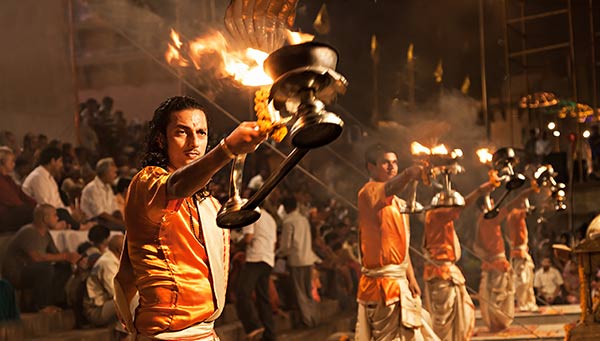
Our team is 24/7 at your service to help you with your booking issues or answer any related questions
USA: +1 786 396 4200
India: +91 971 730 0203
